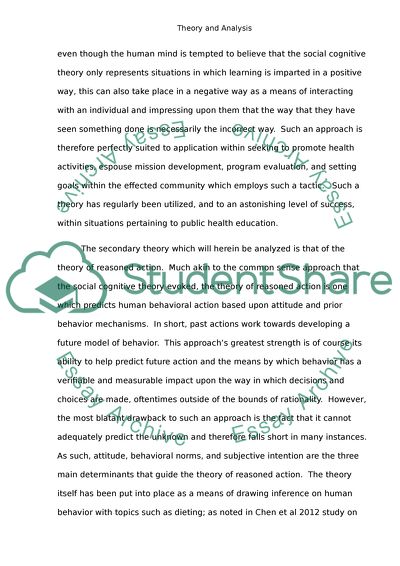Cite this document
(“Theories and Methods for Health Promotion Essay”, n.d.)
Theories and Methods for Health Promotion Essay. Retrieved from https://studentshare.org/health-sciences-medicine/1467439-theories-and-methods-for-health-promotion
Theories and Methods for Health Promotion Essay. Retrieved from https://studentshare.org/health-sciences-medicine/1467439-theories-and-methods-for-health-promotion
(Theories and Methods for Health Promotion Essay)
Theories and Methods for Health Promotion Essay. https://studentshare.org/health-sciences-medicine/1467439-theories-and-methods-for-health-promotion.
Theories and Methods for Health Promotion Essay. https://studentshare.org/health-sciences-medicine/1467439-theories-and-methods-for-health-promotion.
“Theories and Methods for Health Promotion Essay”, n.d. https://studentshare.org/health-sciences-medicine/1467439-theories-and-methods-for-health-promotion.


